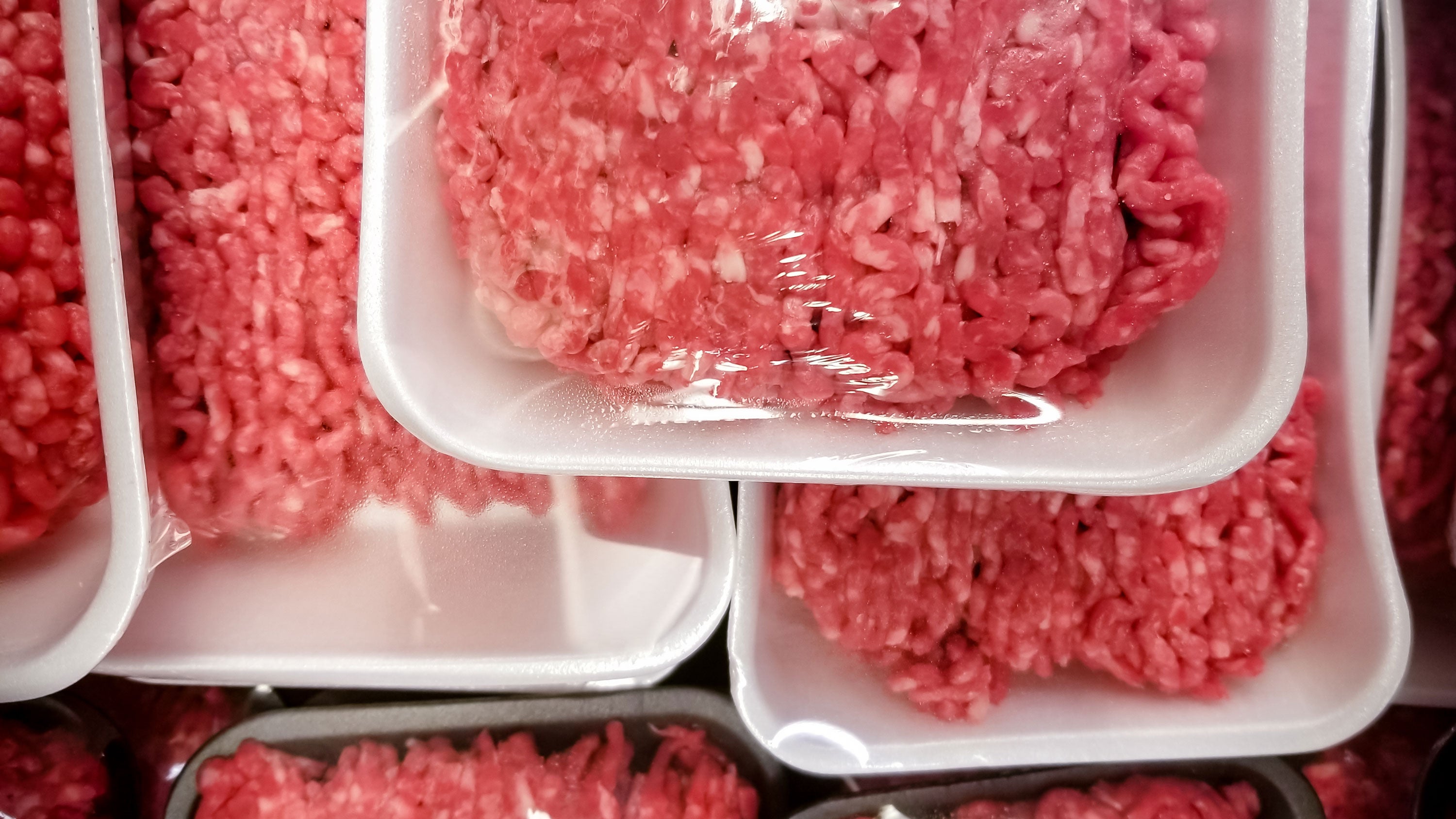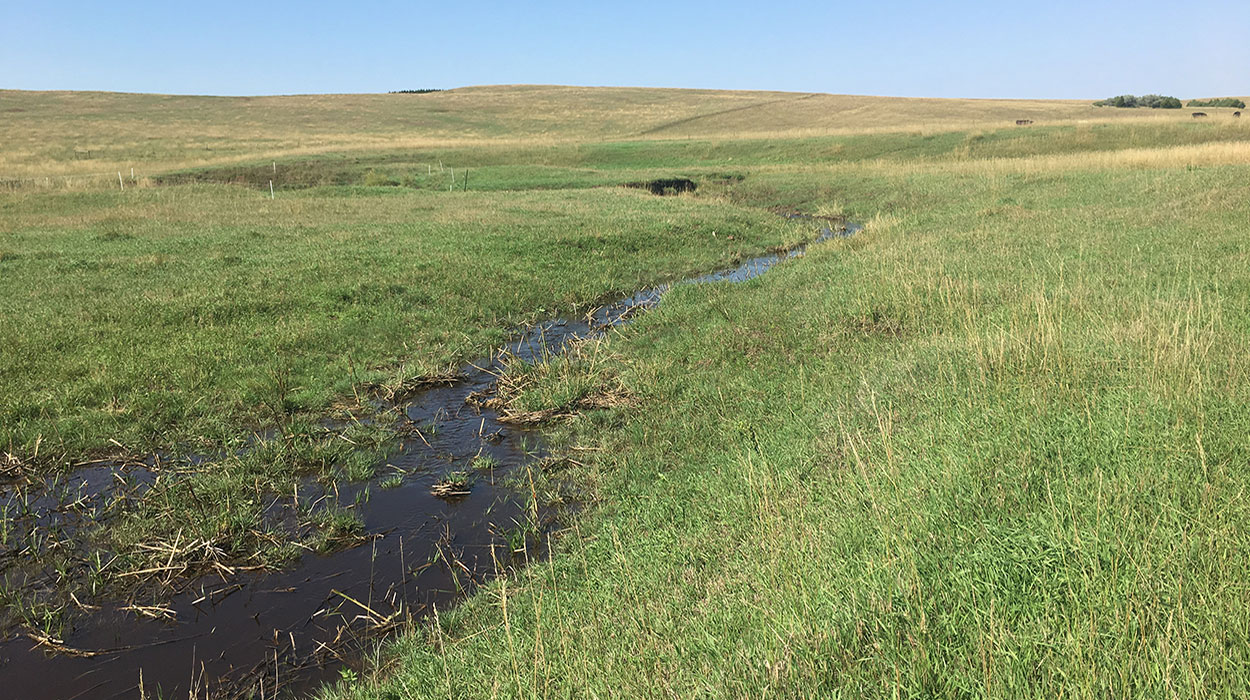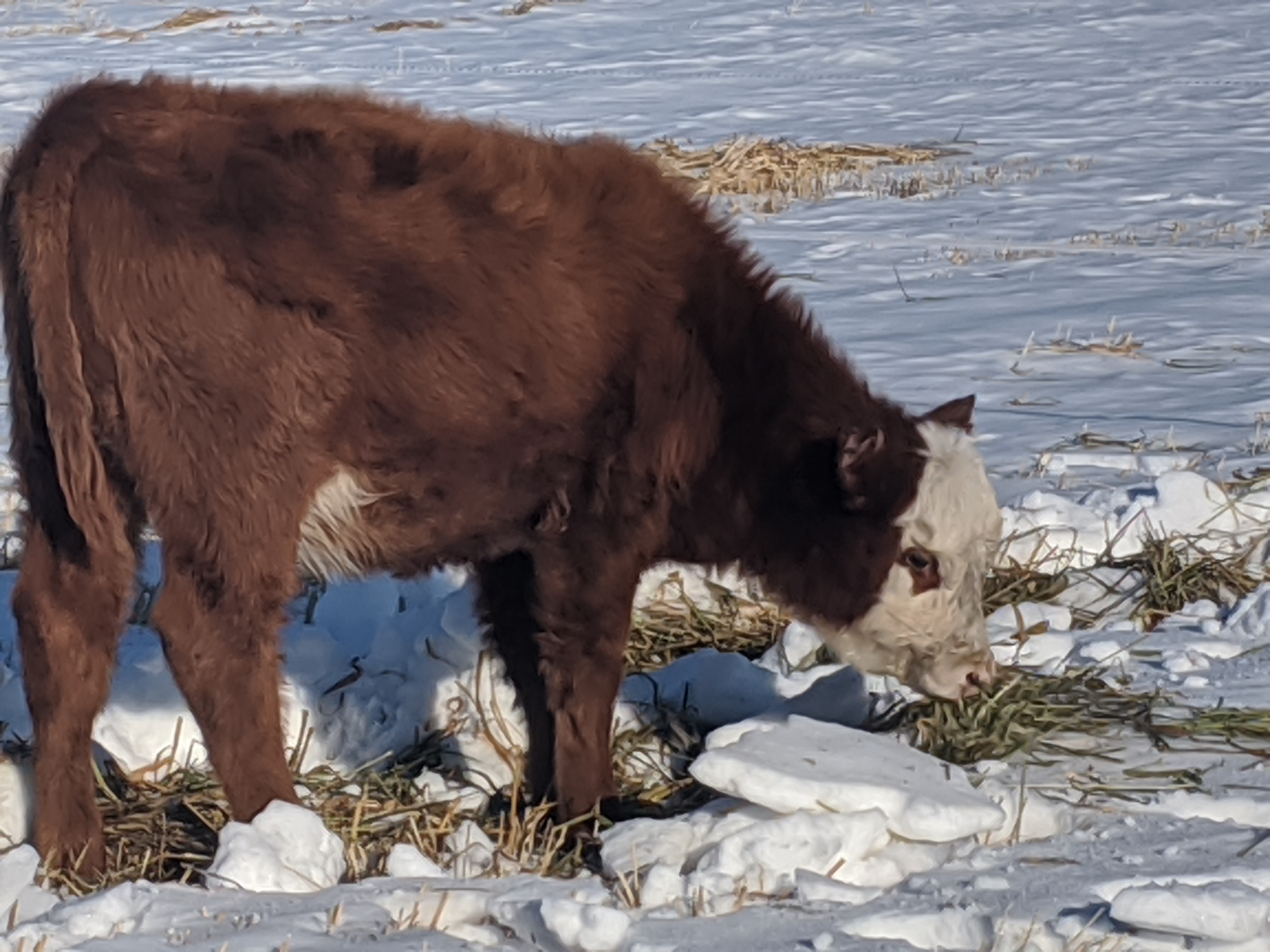Search

Poisonous Plants on Rangelands: Locoweed and Crazyweed
Locoweed and crazyweed are found throughout South Dakota rangelands, and both can cause livestock poisoning.The names locoweed and crazyweed are often used interchangeably. However, there are notable differences between the species.

Forage Inventory and Demand Calculator
Calculator for inventorying livestock and forage on hand to determine additional forage purchase needs, or livestock sales.

Planning Forage Needs
Inventorying and planning for hay and other forage feed needs is essential every year, especially when production is uncertain due to drought or excess moisture.

Poisonous Plants on Rangelands: Woody Species
Several woody plant species that are poisonous to livestock are found throughout South Dakota rangelands, including ponderosa pine, chokecherry, greasewood and broom snakeweed.

Frequently Asked Questions (FAQs) About Serving Bison and Beef in USDA Child Nutrition Programs in South Dakota
This FAQ document provides responses to commonly asked questions about serving beef and bison in South Dakota Child Nutrition Program (CNP) meals and snacks.

Be Careful Grazing the Green this Fall
With fall grazing on the horizon, nearly all of South Dakota is still experiencing drought conditions. Regardless of where your ranch is located, a rancher must be very careful when grazing the fall green-up of cool-season grasses.

South Dakota Joins 2021 Mountain Plains Crunch Off
September 08, 2021
South Dakota State University Extension and the South Dakota Department of Education’s Division of Child and Adult Nutrition Services are partnering to bring this event to the state Oct. 4-8.

‘Baa-d Cedars’ Field Day Examines Goat-Targeted Grazing on Cedars
September 17, 2021
South Dakota State University Extension invites the public to an interactive Eastern Red Cedar Management Field Day to see the impact goats can have in controlling the most widely distributed conifer across eastern North America.

Opportunities for Swath Grazing in South Dakota
Fact sheet on the opportunities for Swath Grazing in South Dakota